How new technology is changing the America’s Cup
Jimmy Spithill, of Oracle Team USA, explains how technology has turned modern boat racing into an experience akin to flying an aircraft
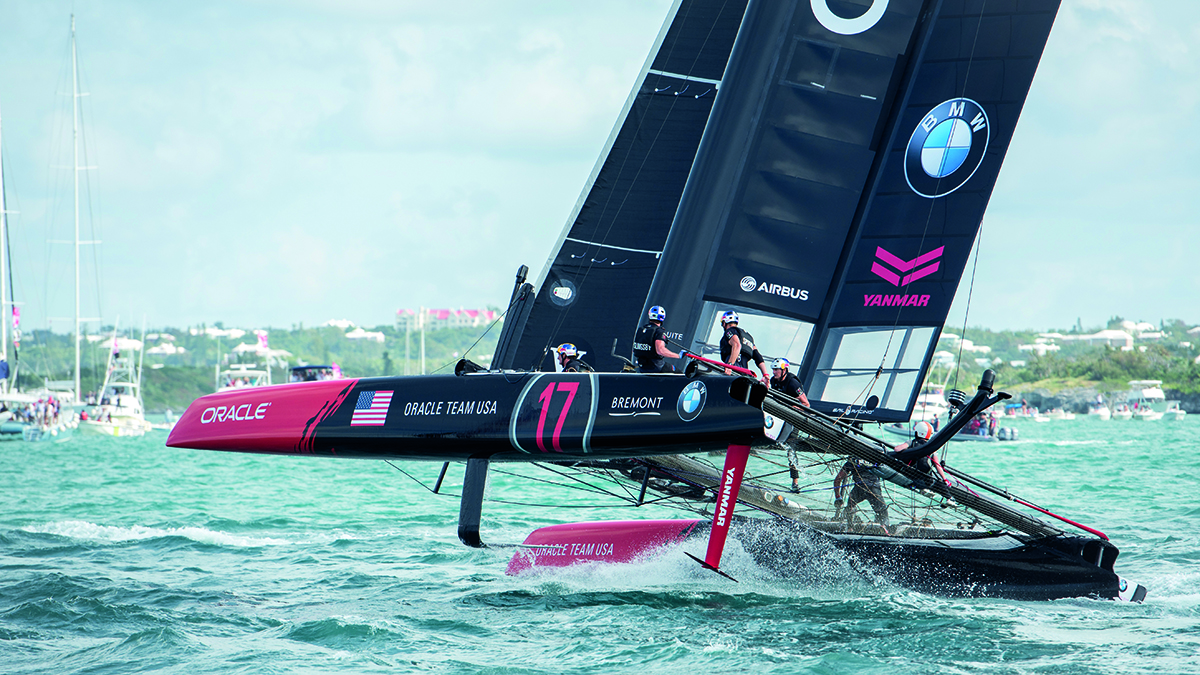
With their fixed, rigid wings instead of sails, the boats we race these days have as much in common with aeroplanes as they do with sailboats. When we hit about 15 knots, the hulls also rise up out of the water and the boat hydrofoils. Top speed is 40 to 50 knots, which is as much as three times the wind speed.
I have my pilot’s licence now and sailing one of these AC45 catamarans is very similar to flying. The boat is a lot like a plane because you have the forward wings and back elevators, but in terms of control it’s more like flying a helicopter, in that you have three things going on at once, so you’re always making adjustments. You’re just trying to balance and manage it and anticipate.
It takes a lot of concentration, because the boat is never stable; if you’re stable, you’re slow. But, as the speed increases, the boat becomes more unstable – and that’s why you’re constantly on the edge. It’s just like a racing car: the harder you push, the faster you go, but it’s pretty obvious when you go too far, as you just crash.
The Week
Escape your echo chamber. Get the facts behind the news, plus analysis from multiple perspectives.

Sign up for The Week's Free Newsletters
From our morning news briefing to a weekly Good News Newsletter, get the best of The Week delivered directly to your inbox.
From our morning news briefing to a weekly Good News Newsletter, get the best of The Week delivered directly to your inbox.
It costs about $500,000 to make one of the wings we use during the Louis Vuitton America’s Cup World Series (the qualifying stages of the competition), and about double that for the one we will race in the America’s Cup. The boats we’re sailing now are only 1.8 tons, so the wing doesn’t weigh much and is quite fragile. It’s made of a carbon frame and a flexible plastic membrane and, if you capsize the boat, the membrane breaks and the water gets in and starts to damage it. So if you capsize, you have to get the boat upright again as soon as you can.
We crashed a 72ft boat during our training for the last America’s Cup and spent the whole night drifting out to sea from San Francisco Bay, as we weren’t able to right it because of the strong currents. The damage was pretty much total.
The interesting thing about this new technology is that once you move over to it, a lot of the sailing fundamentals remain the same, but we find that things are just happening a lot faster. It’s about anticipating what’s going to happen next. So when something changes, you don’t have time to discuss it; you’ve just got to be instantaneous. You have to make decisions while physically exhausted. Normally, when you make a mistake it’s because you’re worn out, stressed and under a lot of pressure. But when you can get to the point where you’re able to respond well in those circumstances, that’s when you have a chance of winning.
It’s very different from the old days. If you look at the old monohulls we raced not too long ago, many of the guys were sitting around doing next to nothing. It makes you wonder about the definition of a sport. The roles on board were very specialised, but that’s all changed with these boats. The nature of the job has shrunk the talent pool down. It’s also brought the age down, and certain people that were good in the old boats just don’t cut it now; the physical requirements for these sail wings are so high. It takes such a collective effort – you’re not relying on the skipper only. You’re so undermanned and the guys are constantly multitasking.
A free daily email with the biggest news stories of the day – and the best features from TheWeek.com
That’s why the Louis Vuitton America’s Cup World Series is so good, because we just get out racing under some regatta pressure and see how we stack up. The level of fitness required is pretty intense. The guys probably get to about maximum heart rate for 20–25 minutes (the length of the race), so it’s full on.
Of course, as the racing gets tougher, the risk increases. This is one of the only genuine extreme team sports, and you need everyone on board working together to succeed. Hesitation could be your biggest enemy.
If you’re not 100 per cent ready to go, or if you’ve got doubt, it’s not good. Things happen on the boat when you have only a split second to act. And that’s where you need a great team. It’s what this racing is all about.
Louis Vuitton America’s Cup World Series stages will take place throughout 2016. Visit americascup.com for more details. Oracle Team is sponsored by Bremont watches, which is also the overall timekeeper of the competition. The British firm has created a range of watches especially to celebrate its involvement, and the USA team wears the Bremont Oracle I watch during competition; bremont.com
Jimmy Spithill was born in Sydney and is a two-time winner of the America’s Cup. At the time of Oracle Team USA’s victory in 2010, he became the youngest skipper ever to win. He was 30.
-
 ‘Care fractures after birth’
‘Care fractures after birth’instant opinion Opinion, comment and editorials of the day
-
 Shots fired in the US-EU war over digital censorship
Shots fired in the US-EU war over digital censorshipIN THE SPOTLIGHT The Trump administration risks opening a dangerous new front in the battle of real-world consequences for online action
-
 What will the US economy look like in 2026?
What will the US economy look like in 2026?Today’s Big Question Wall Street is bullish, but uncertain
-
 Trip of the week: yachting in the Caribbean
Trip of the week: yachting in the CaribbeanThe Week Recommends Sailing around the Caribbean offers ‘some of the most dramatic tropical scenery on Earth’
-
 Sailing adventures from British shores
Sailing adventures from British shoresfeature Sail a whelk boat in Norfolk or tour the UK in a Thames barge
-
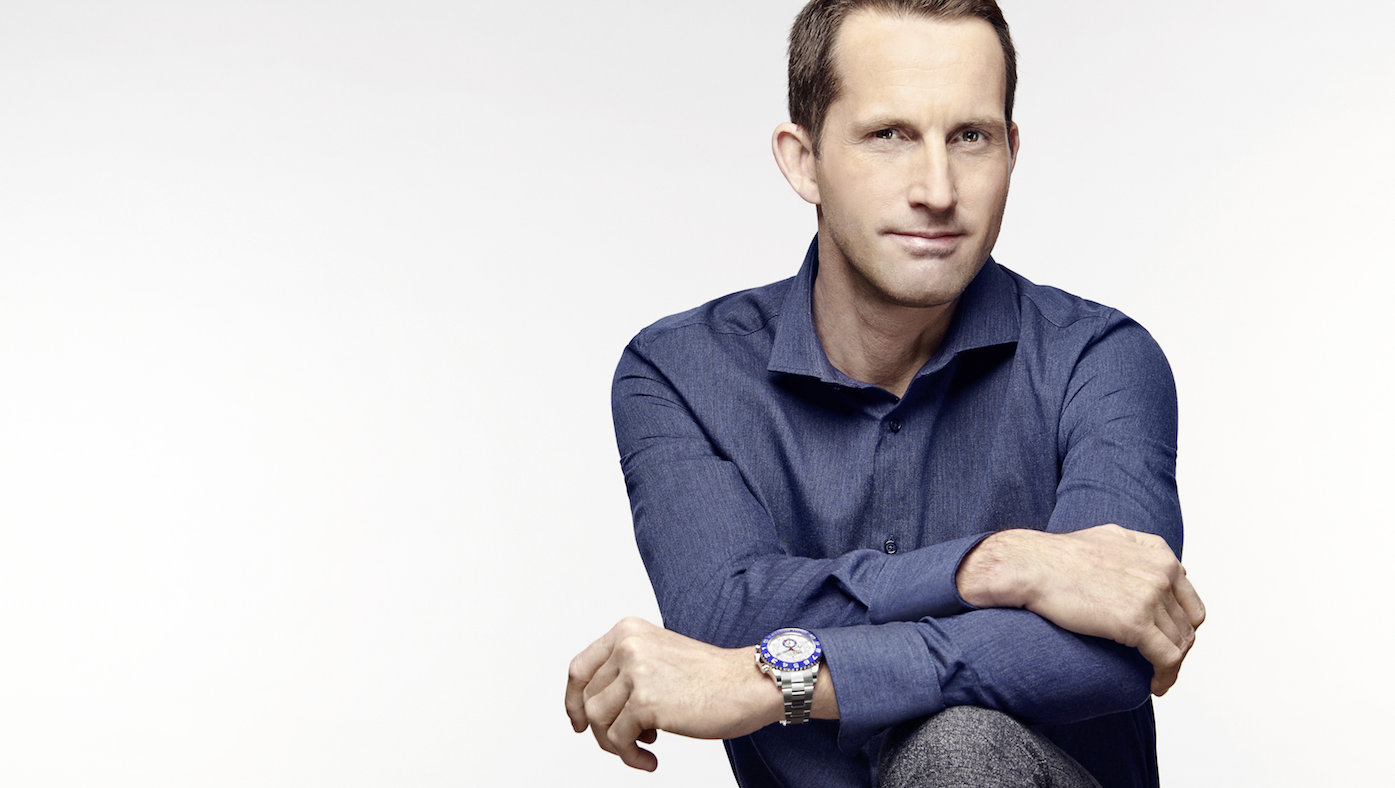 Ben Ainslie on his mission to bring home the ‘Auld Mug’
Ben Ainslie on his mission to bring home the ‘Auld Mug’Speed Read The Rolex testimonee will skipper Ineos Team UK in sailing’s America’s Cup
-
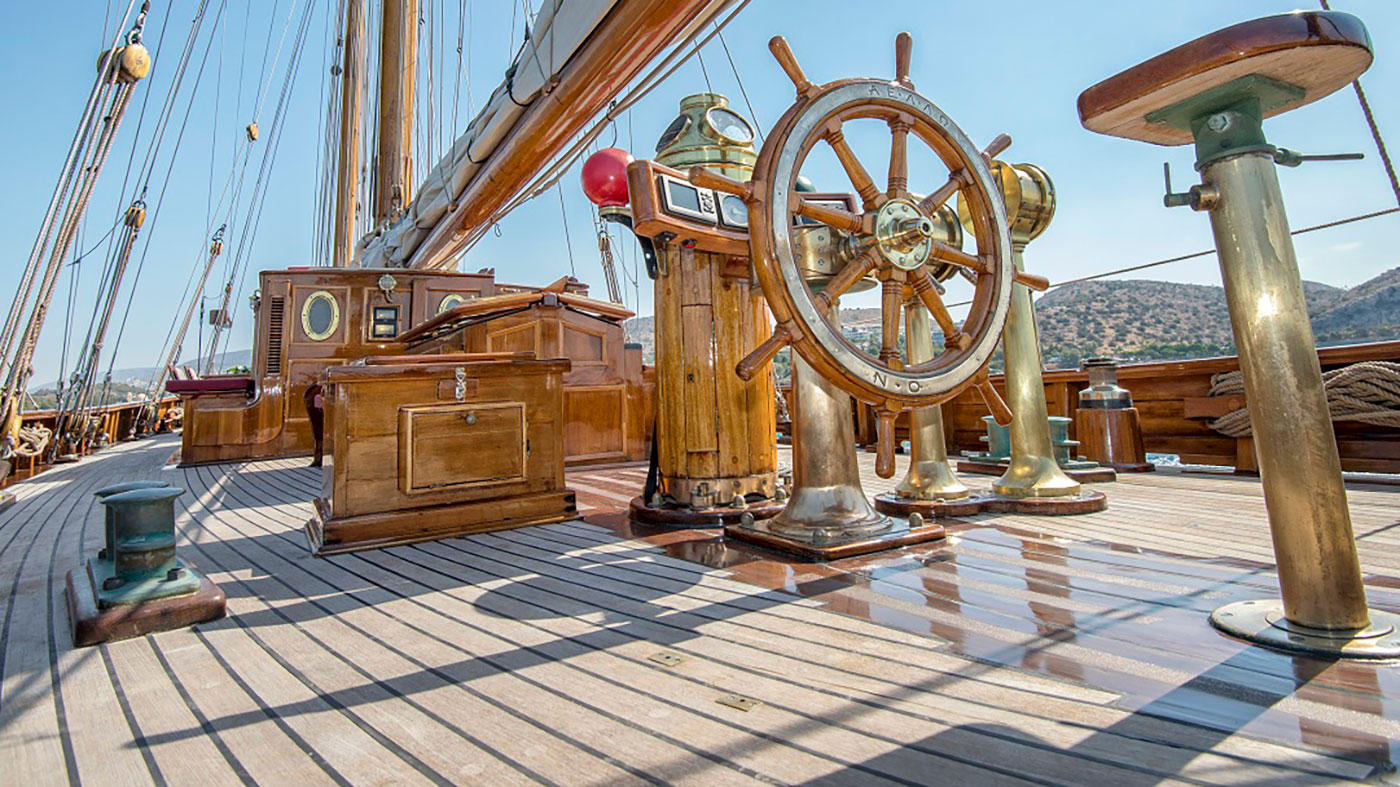 Three of the best yachting adventures
Three of the best yachting adventuresSpeed Read
-
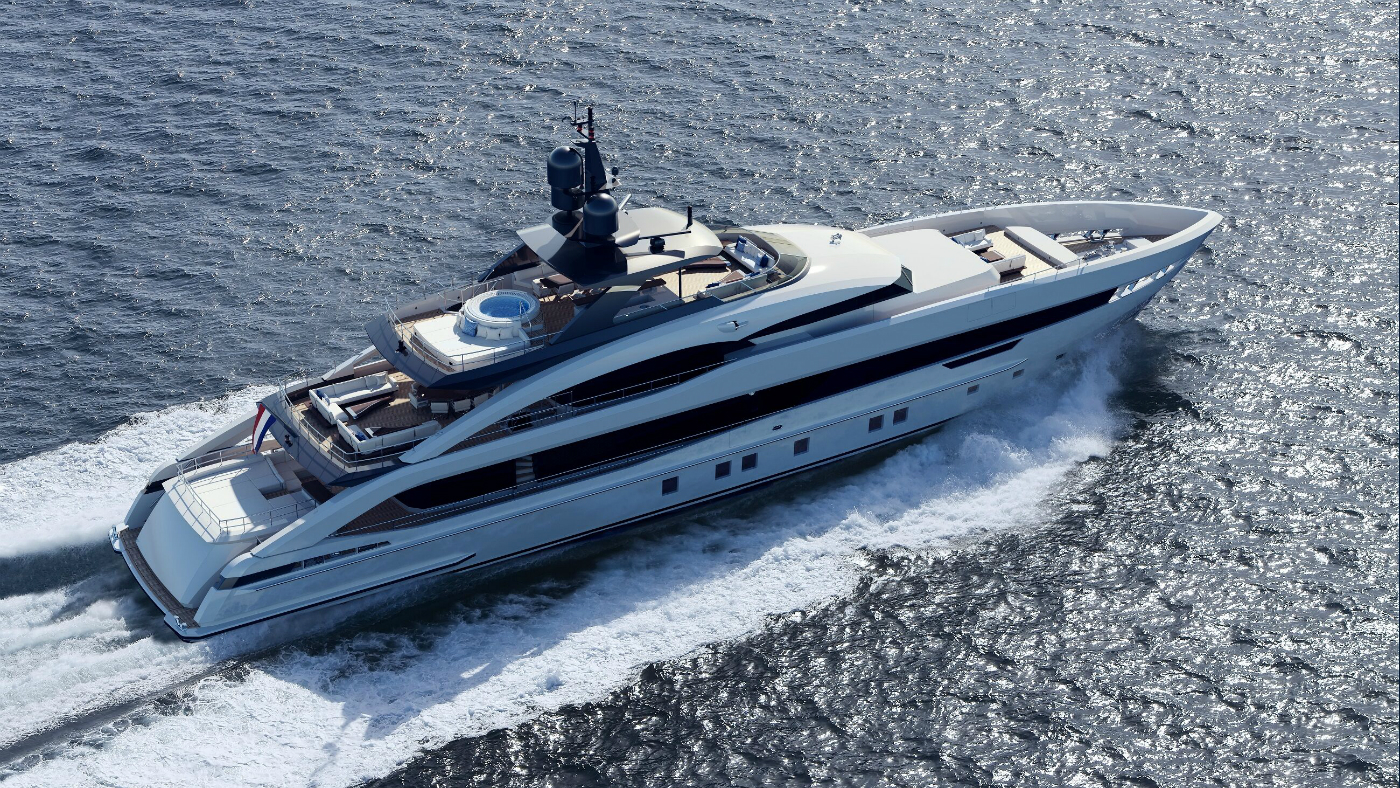 Yacht buying guide: all you need to know when purchasing a superyacht
Yacht buying guide: all you need to know when purchasing a superyachtIn Depth Arthur Brouwer, CEO of world-leading Dutch shipyard Heesen Yachts, explains everything you need to know before you take the plunge
-
 Custom Line 120: a superyacht on steroids
Custom Line 120: a superyacht on steroidsSpeed Read State-of-the-art model mixes power, performance and luxury
-
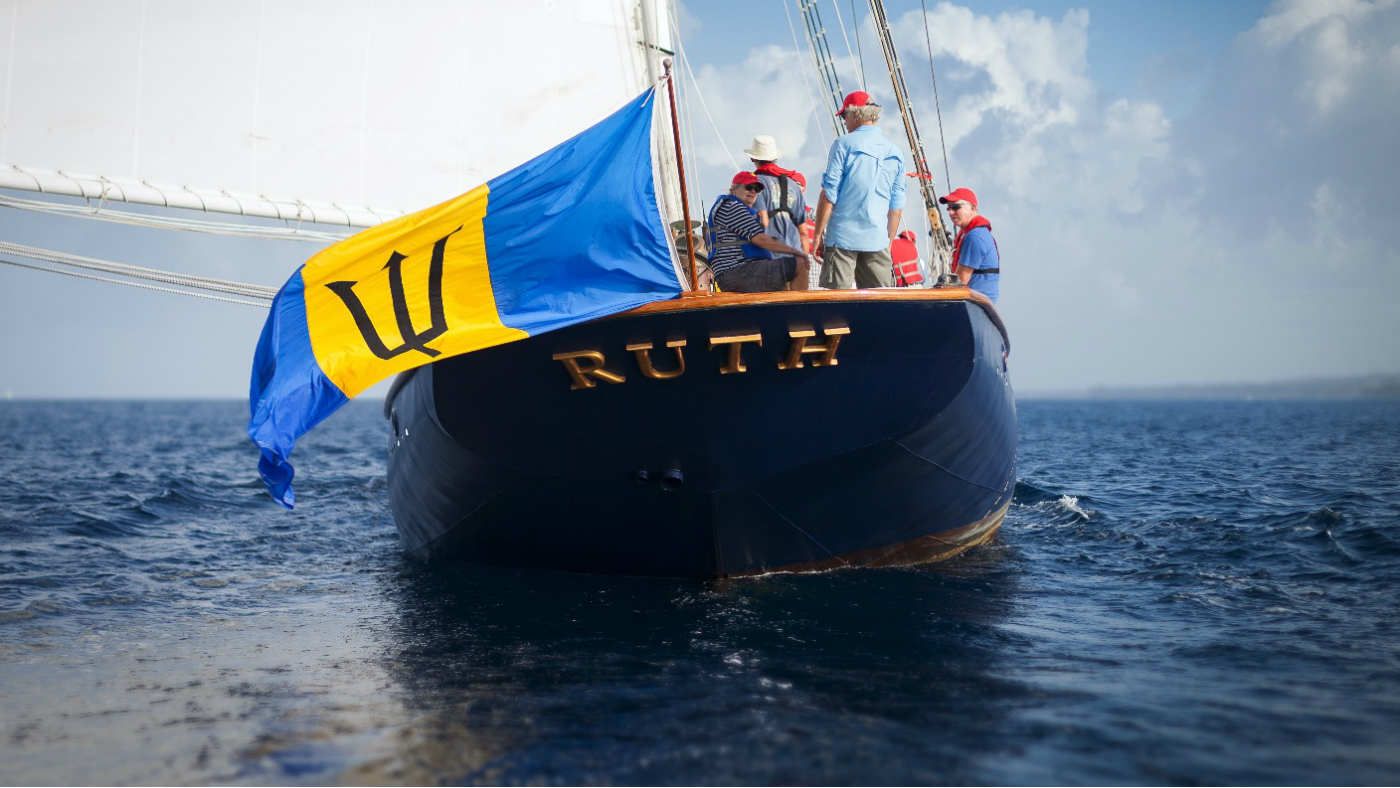 Barbados Sailing Week: life on the ocean wave
Barbados Sailing Week: life on the ocean waveIn Depth The Week Portfolio heads to the Caribbean island for the thrills and spills of Barbados Sailing Week
-
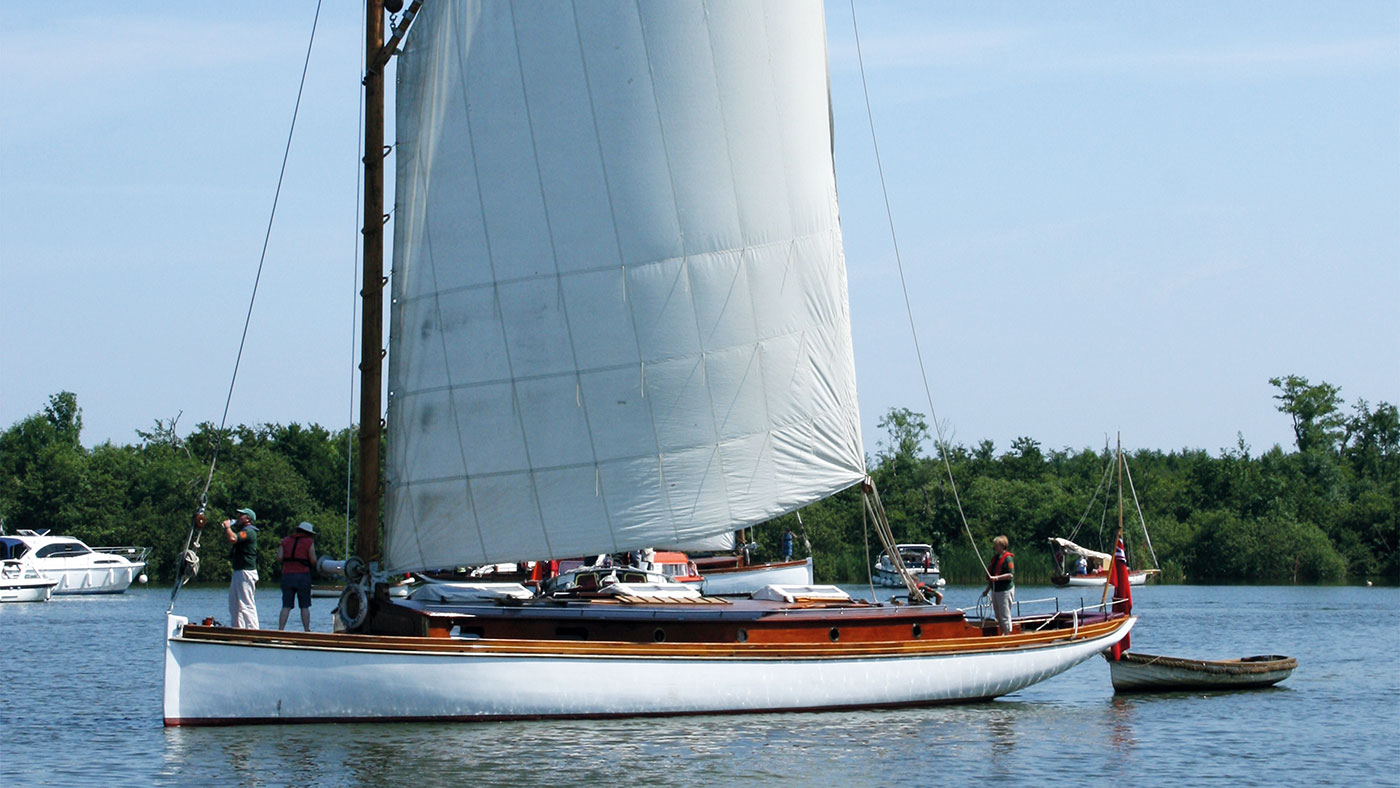 Three of the best holidays on Britain’s waterways
Three of the best holidays on Britain’s waterwaysSpeed Read